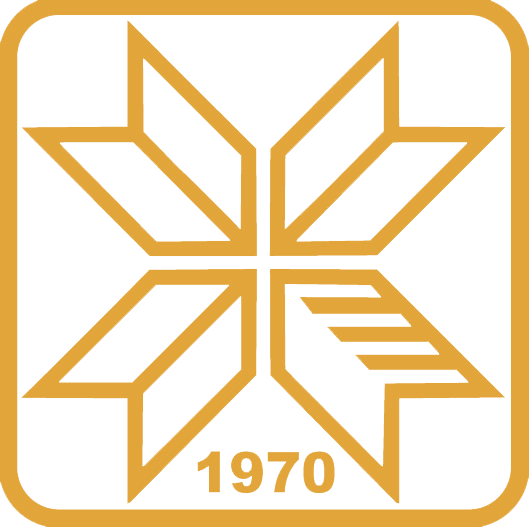The influence of montmorillonite activating method on the hydrolytic stability of urea-formaldehyde resin
Date
2019-10-18Authors
Kostić, Marija
Čanaćević, Milena
Samaržija-Jovanović, Suzana
Jovanović, Vojislav
Petković, Branka
Marković, Gordana
Budinski-Simendić, Jaroslava
Metadata
Show full item recordAbstract
Montmorillonite clays are of great importance for processes such as adsorption and
catalysis and polymer composites fabrication . The textural properties of this filler can
be modified to increase their application. In this work the hydrolytic stability of
composites based on urea-formaldehyde resin (UF) and eco-friendly montmorillonite (KSF) as formaldehyde scavenger was investigated. KSF was activated by sulfuric acid (H2S04) with and without mechanical mixing .The degree activation was determined using specific surface measurement (Sir's method) and the cation exchange capacity (CEC) measurement. The hydrolytic stability of modified UF composites was determined by the mass losses estimation and via free formaldehyde and liberated formaldehyde concentration of composites after acid hydrolysis.The amount of free and liberated formaldehyde was 0% and 3.9% for activated KSF without mixing and 0.06% and 4.621% for activated KSF with mixing on a magnetic stirrer. The CEC values were 0.283 mol/kg and 0.287 mol/kg for activated KSF without and with mechanical mixing on a magnetic stirrer. The CEC value for inactivated KSF was0.160mol/kg. Specific surface measurement indicates that higher values were obtained for inactivated KSF (149.4 m2/g) compared to the activated. Specific surface area for activated KSF without mixing was 106.2 m2/g, but for activated KSF with mixing using magnetic stirrer was 74.2 m2 /g. It was assessed that the UF resins with activated KSF have a smaller content of free formaldehyde (0 %) compared to resin with
inactivated KSF (0.3603%). The higher resistance to acidic hydrolysis and lower released formaldehyde percent (1.2252%) has urea-formaldehyde resin with inactivated montmorillonite powder.
M category
M64openAccess
M64
openAccess
